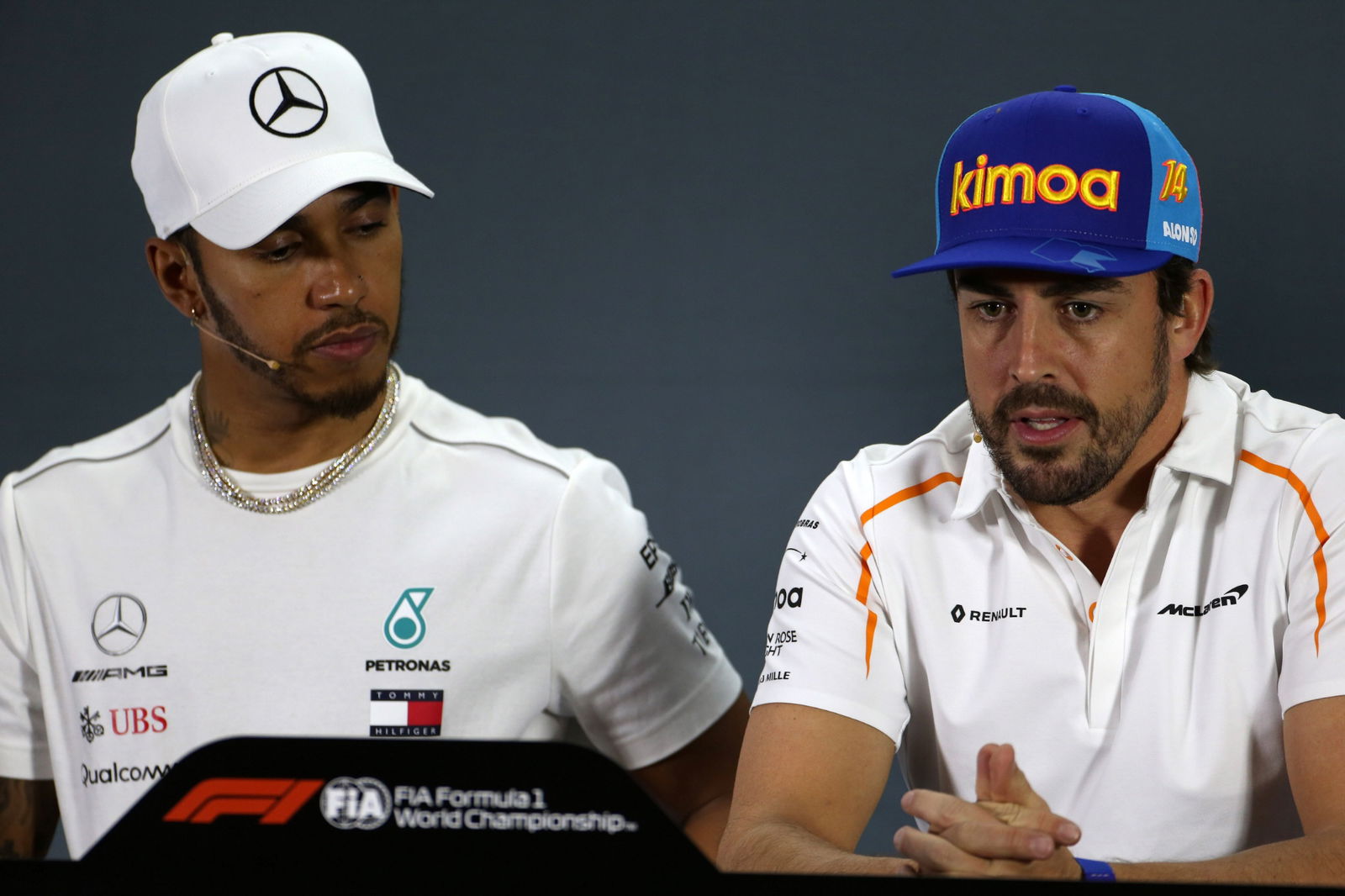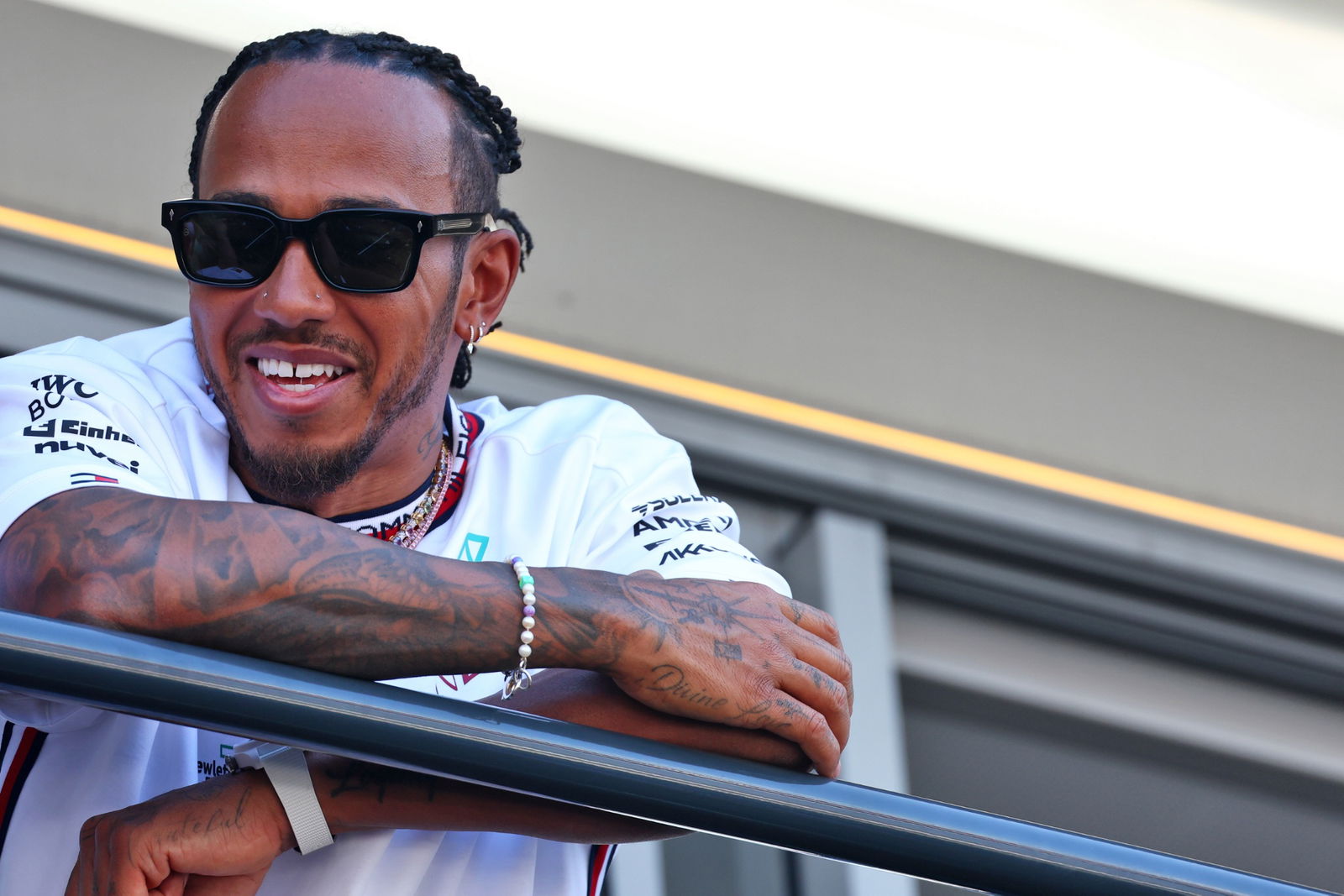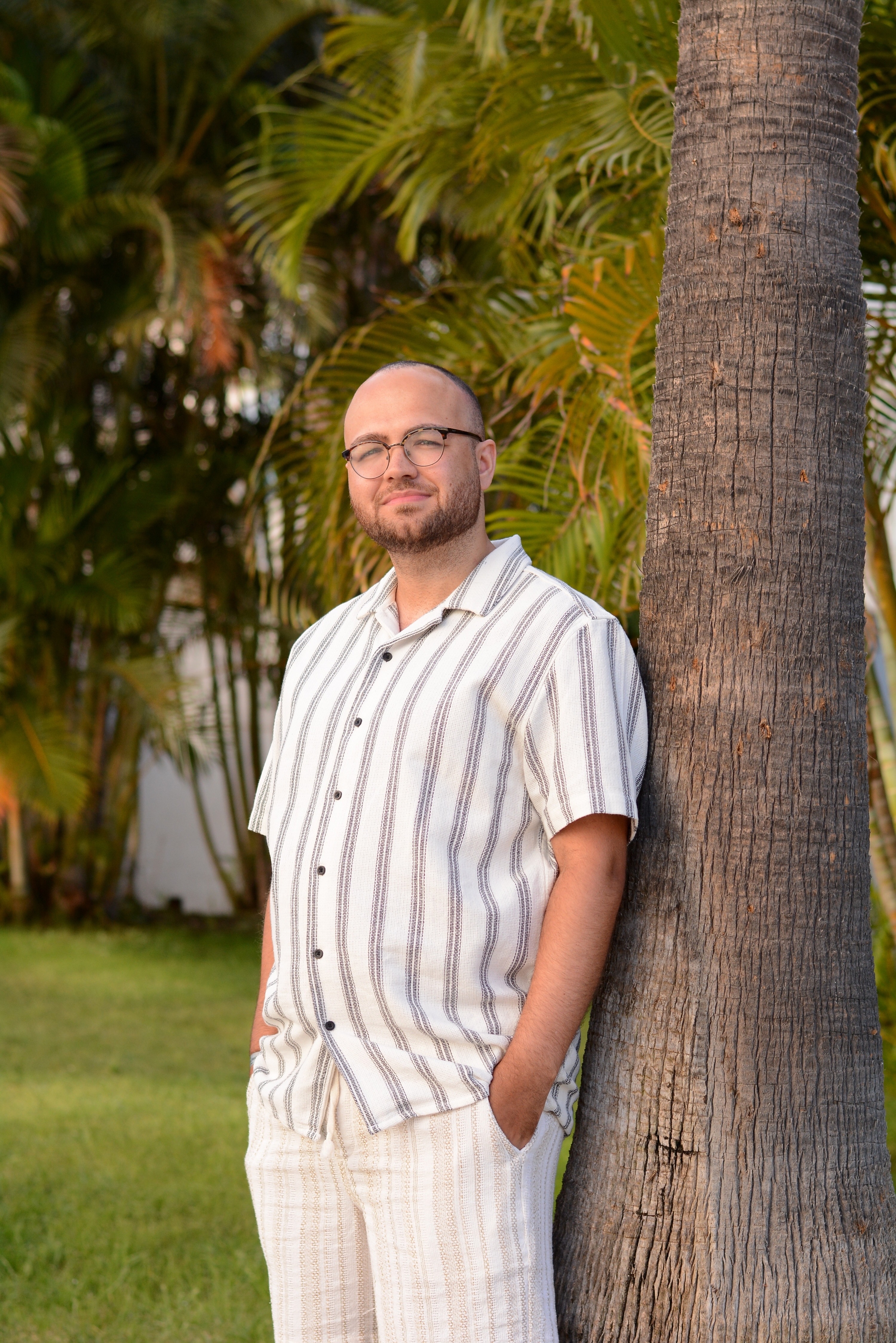How Marcus Ericsson went from F1 also-ran to Indy 500 king

Marcus Ericsson bowed out of F1 at the end of 2018 after an underwhelming five-year spell in the sport.
While Ericsson slowly managed to establish himself as a solid midfield driver with Sauber, five years was more than he deserved after a slow start with Caterham in 2014.
Ericsson’s ties to Swiss investment company Longbow Finance ensured he remained on the grid with them giving Sauber crucial investment to ensure it survived beyond 2016.
- What it's like to be trackside at Formula 1's most famous race
- Why was Monaco GP delayed? Hamilton: I said 'let's go'
- Driver Ratings: Only one 10/10 but for who?
Longbow’s influence even led to accusations from Felipe Nasr - Ericsson’s teammate for 2015 and 2016 - that Ericsson was getting preferential treatment with upgrades and parts - claims that were denied by team principal Monisha Kaltenborn.
In the end, Ericsson competed in 97 F1 grands prix over a five-year period, scoring just 18 points.
While for the majority of his career he had vastly underperforming machinery, he was out-performed by Kamui Kobayashi (2014), Felipe Nasr (2015), Pascal Wehrlein (2017) and Charles Leclerc (2018).
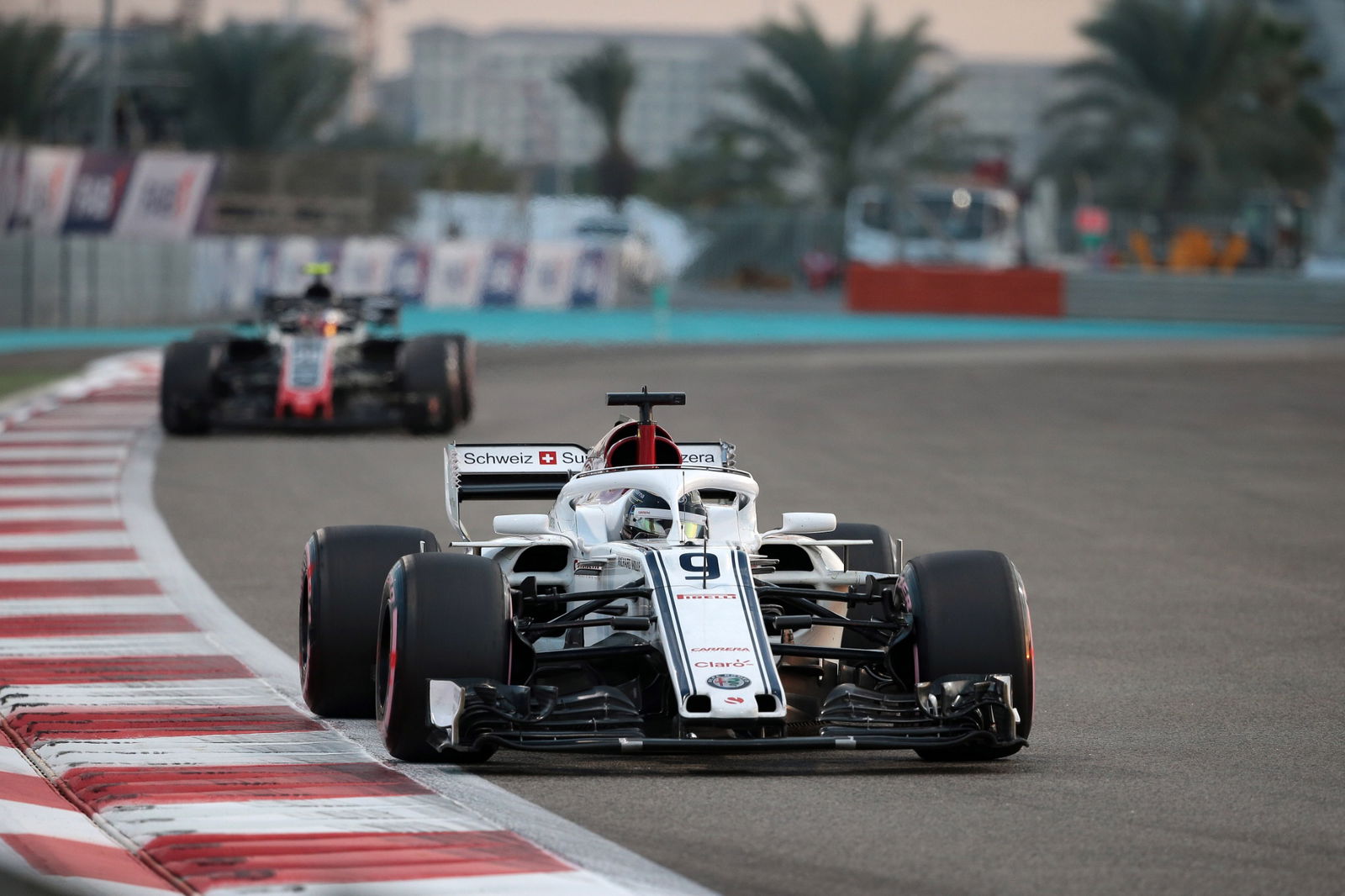
The Swede was finally replaced when the team was rebranded as Alfa Romeo for 2019, with the team opting for world champion Kimi Raikkonen and Antonio Giovinazzi, who had previous experience with the team.
Perhaps Ericsson was a slow-burner with marginal gains in performance year on year as at the end of 2018, he claimed it’s "definitely been my strongest season".
"The whole year has been my best in Formula 1, especially the improvement from the start of the season to now," Ericsson said.
However, given Ericsson’s talent and performances relative to his teammates, five years in the pinnacle of motorsport is a fine achievement when better drivers have had significantly shorter spells.
A move stateside and IndyCar would give him the chance to revive his career and showcase his talent.
Ericsson’s IndyCar move
Ericsson switched to IndyCar for 2019 with Schmidt Peterson Motorsports, securing a maiden podium finish at the Detroit Grand Prix.
A lacklustre rookie season left him 17th in the standings but a crucial team switch for the COVID-affected 2020 campaign proved crucial in his development in IndyCar.
Ericsson teamed up with Chip Ganassi for 2020 and found much-needed consistency with regular points finishes.
2021 proved to be his breakthrough year - his third season in the series - by taking his first-ever victories in Detroit and Nashville, putting him in title contention.
Sixth in the championship was another remarkable step forward for Ericsson as he looked to be finally at home in IndyCar.
Could he take the next step in 2022?
Winning the biggest race of them all
With a handful of laps to go, Ericsson found himself in the lead of the Indy 500 with a comfortable three-second lead after overtaking the two Arrow McLaren SP cars of Felix Rosenqvist and Pato O’Ward.
The victory looked to be in the bag until his team-mate Jimmie Johnson hit the wall at Turn 2 to bring out a red flag.
With just two laps of racing remaining, Ericsson was forced to defend aggressively from O’Ward.
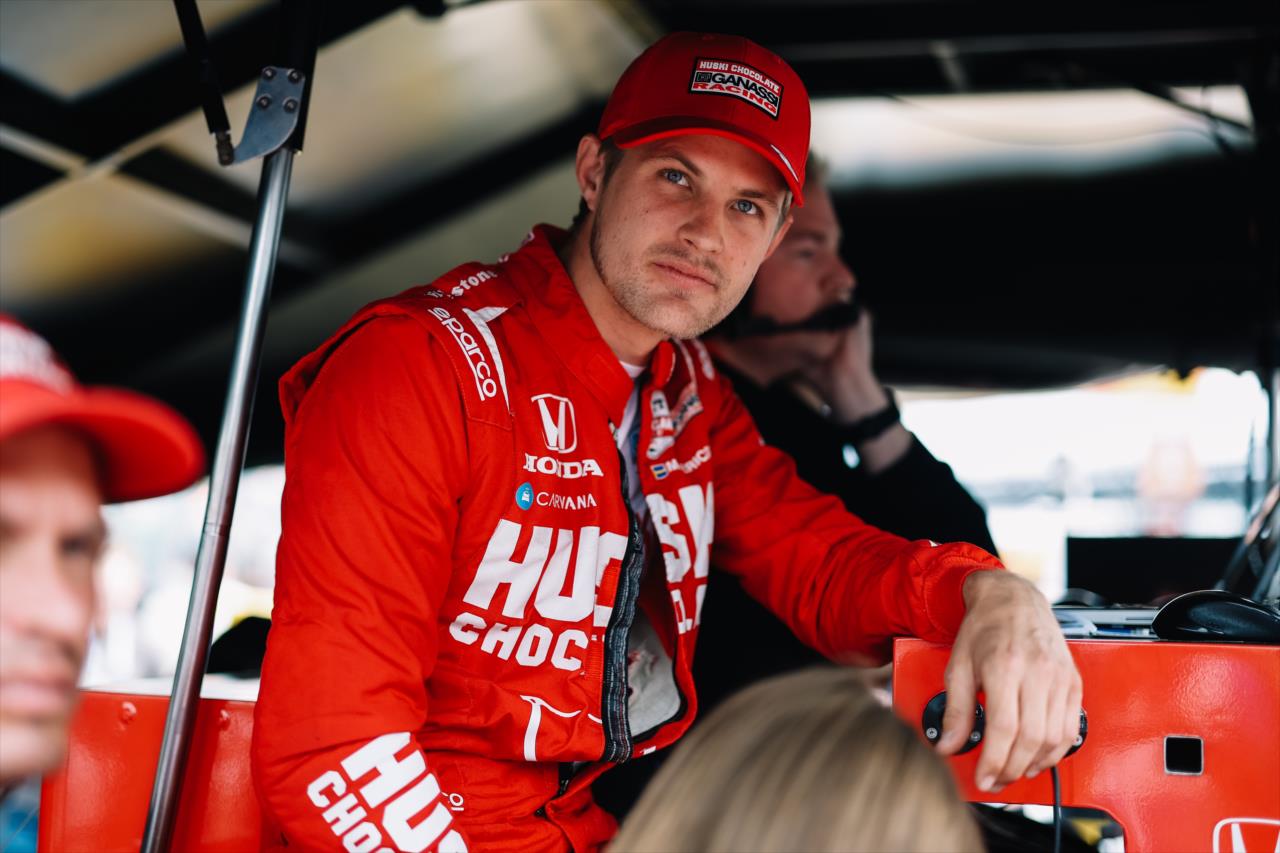
Ericsson defended hard with extreme weaving measures to ensure he became the first Swedish driver since Kenny Brack to win the Indy 500.
“I couldn’t believe it. I felt you can never take anything for granted, and obviously there was two laps to go,” he said. “I was praying so hard there was not going to be another yellow, but I knew there was probably going to be one.
“It was hard to re-focus but I knew the car was amazing, the #8 crew and Chip Ganassi Racing Honda have done such a good job, so I knew the Huski Chocolate car was fast enough. But it was still hard, you know? I had to do everything there and then to keep them behind.
“I can’t believe it. I’m so happy.”
Ericsson isn’t the only former F1 driver to win America’s biggest race with Takuma Sato doing so in 2020, while Alex Rossi (2016) and Juan-Pablo Montoya (2015) have also won it.
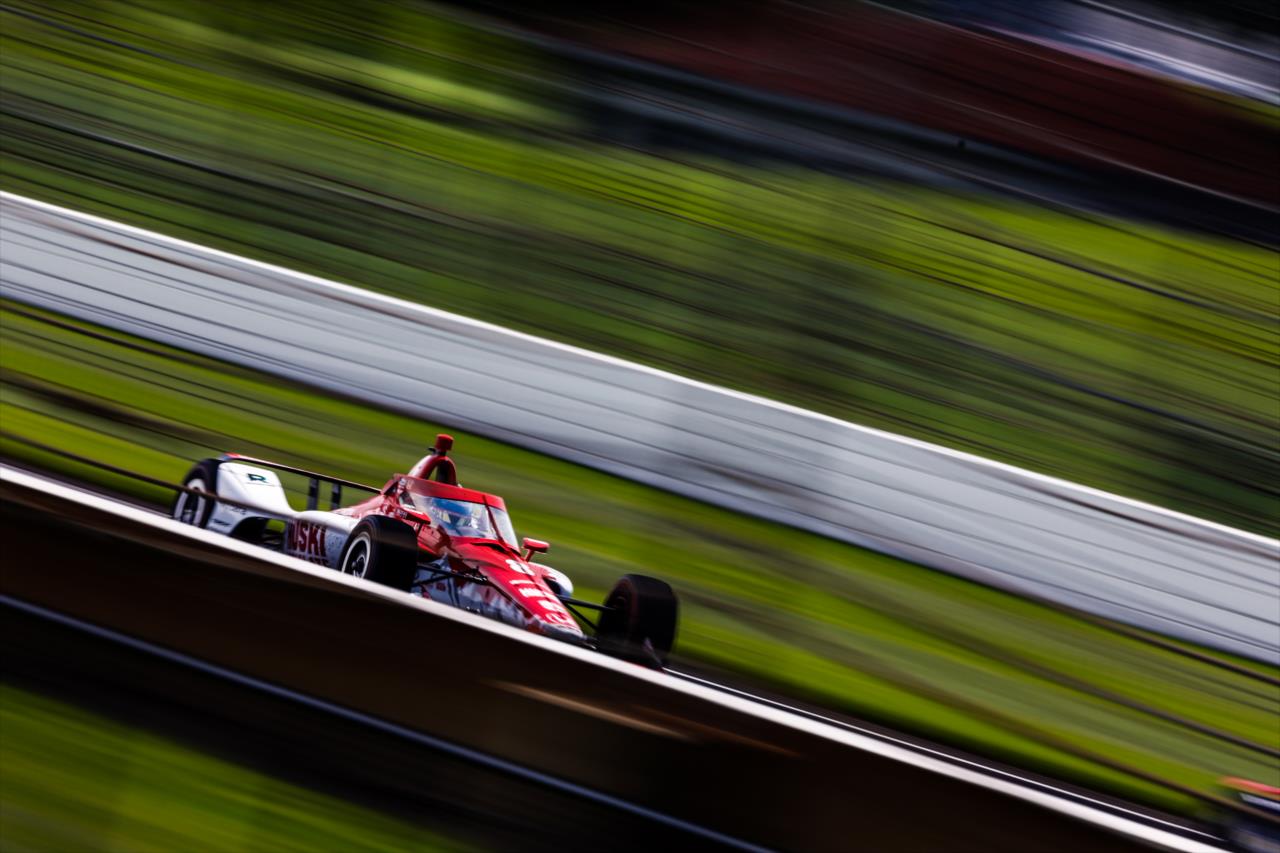
Sceptics looking in may argue that Ericsson winning the Indy 500 devalues the race given his subpar career in F1.
On the other hand, Fernando Alonso’s inability to qualify in 2018 shows the size of the challenge and one that should not be undervalued.
F1 remains the pinnacle of motorsport but the Indy 500 provides a challenge like no other.
